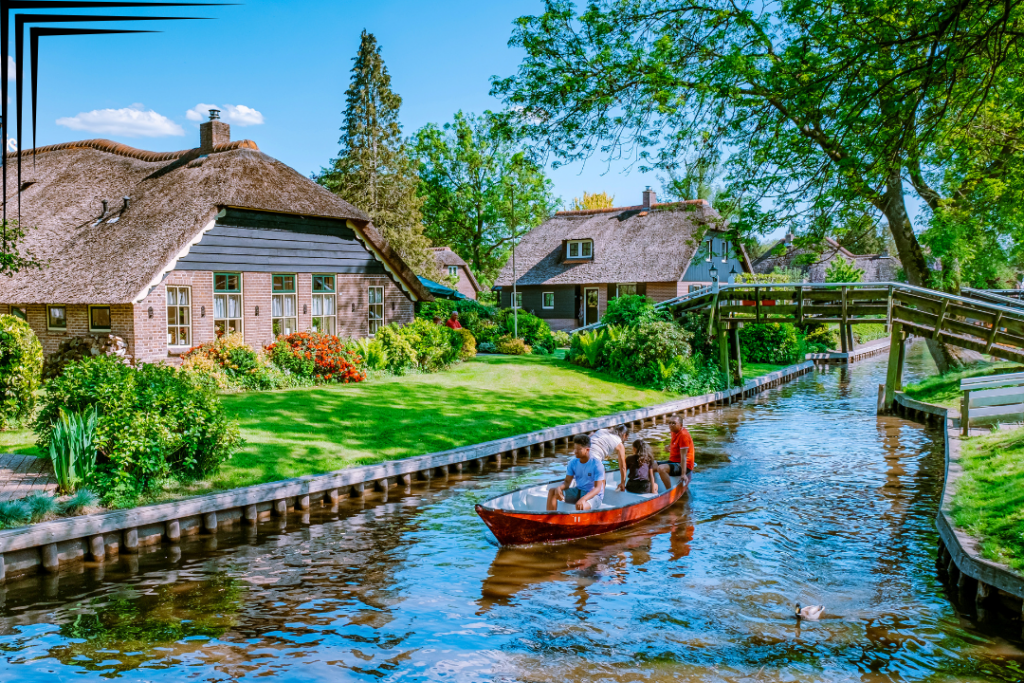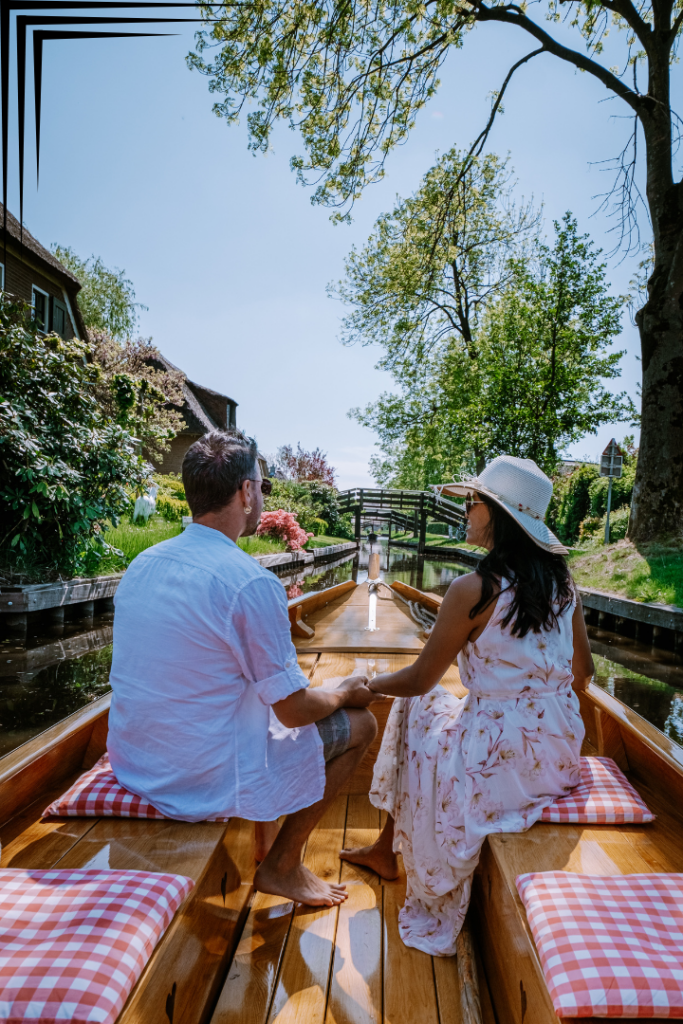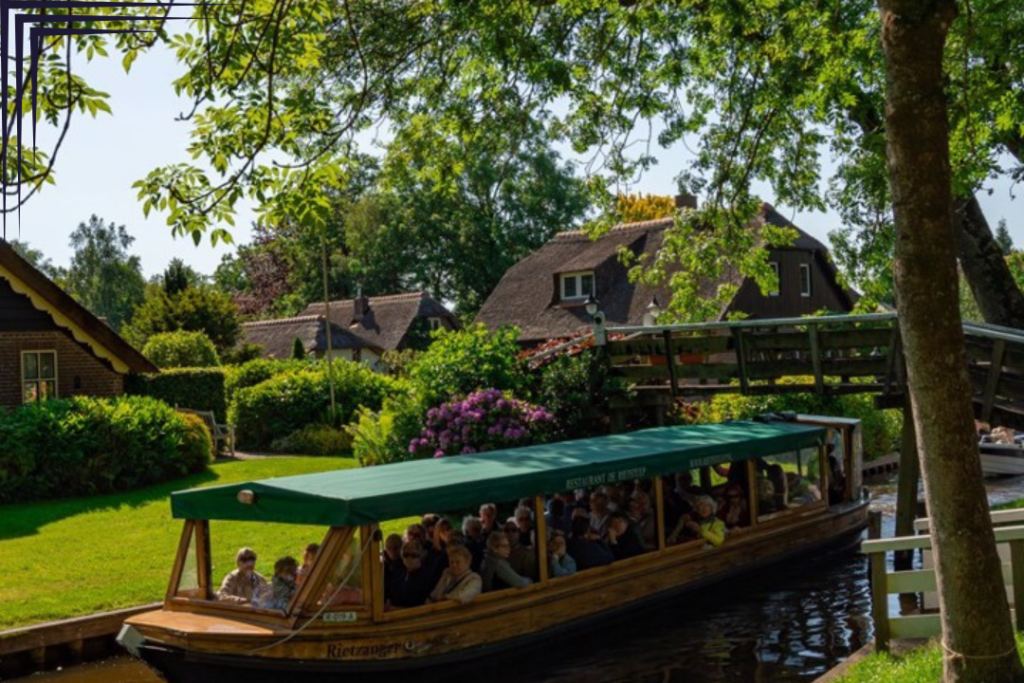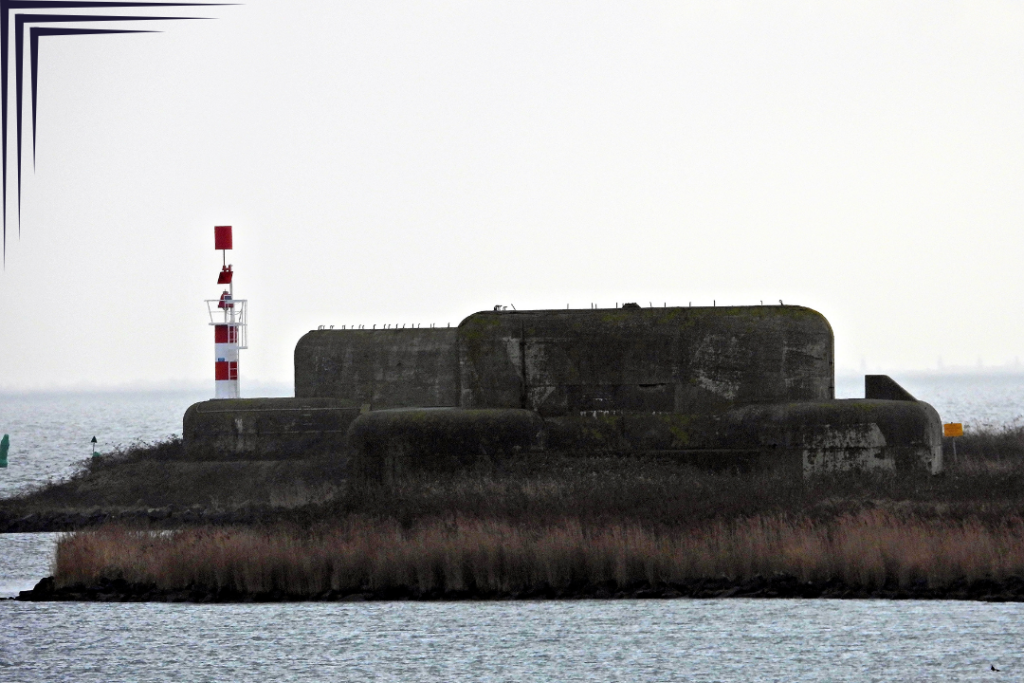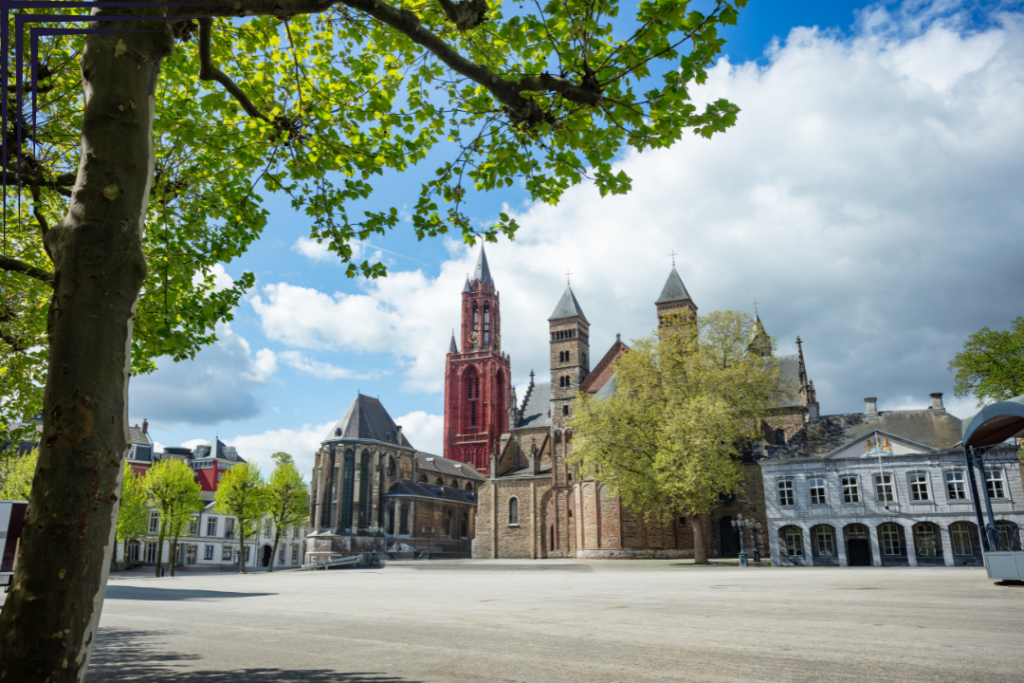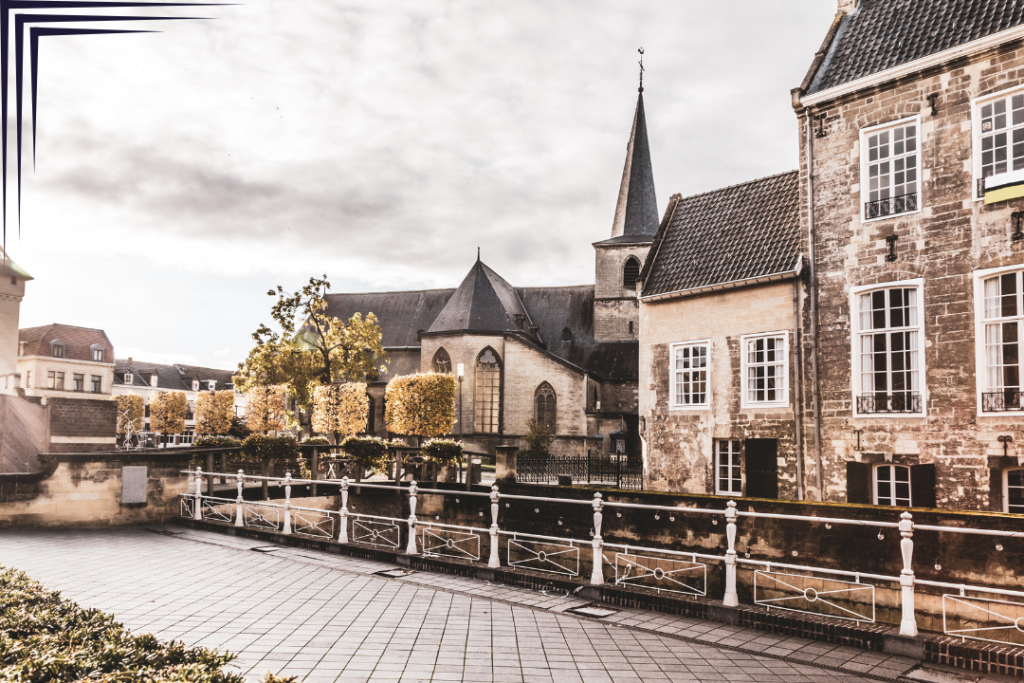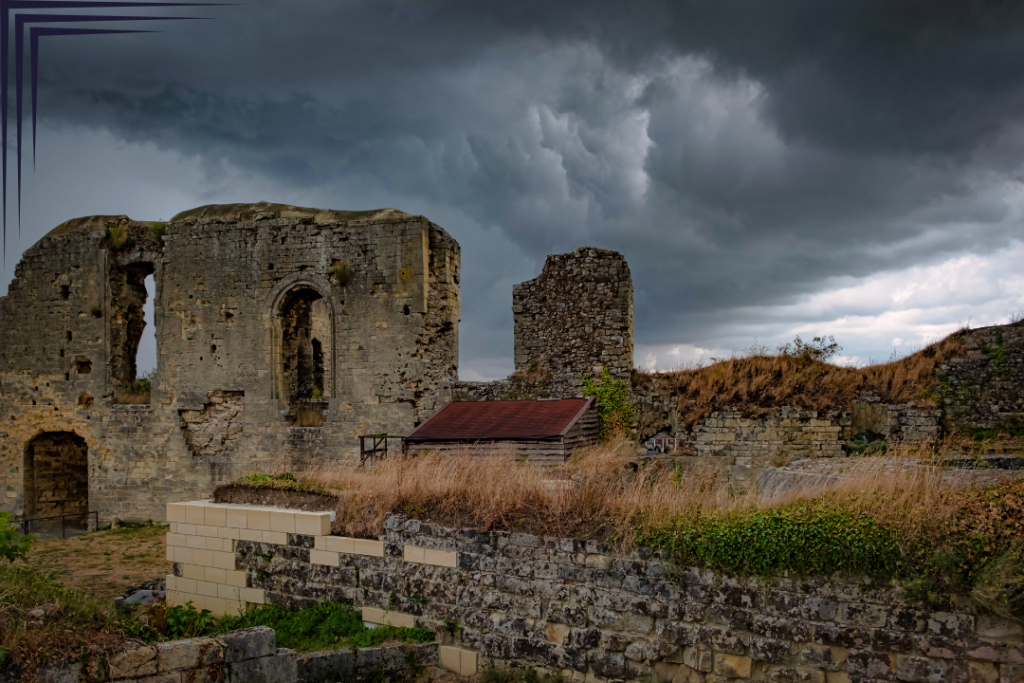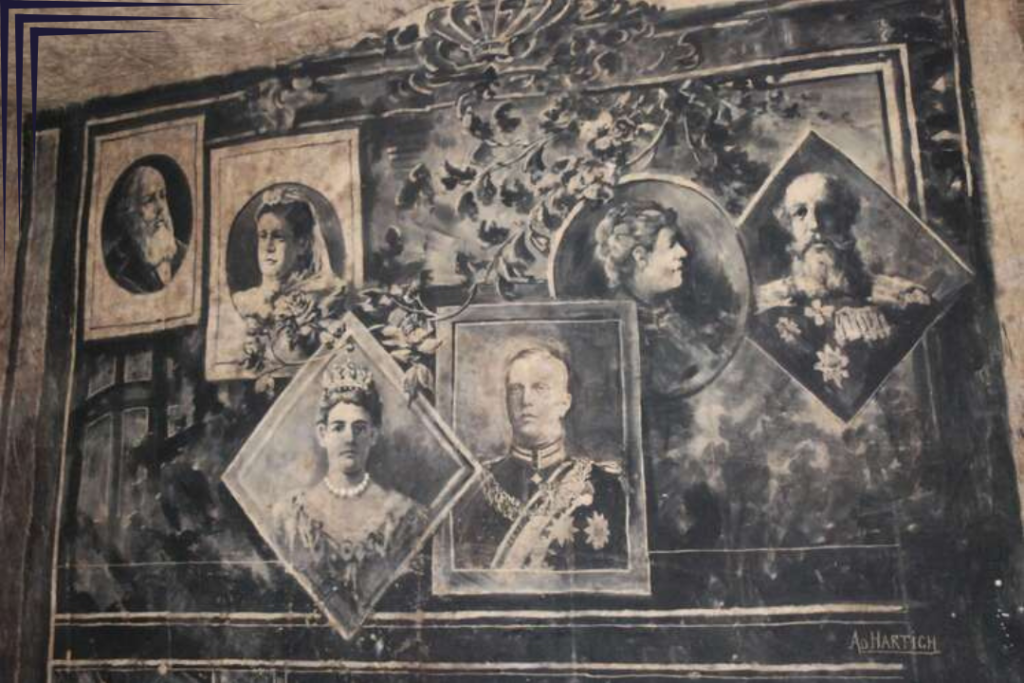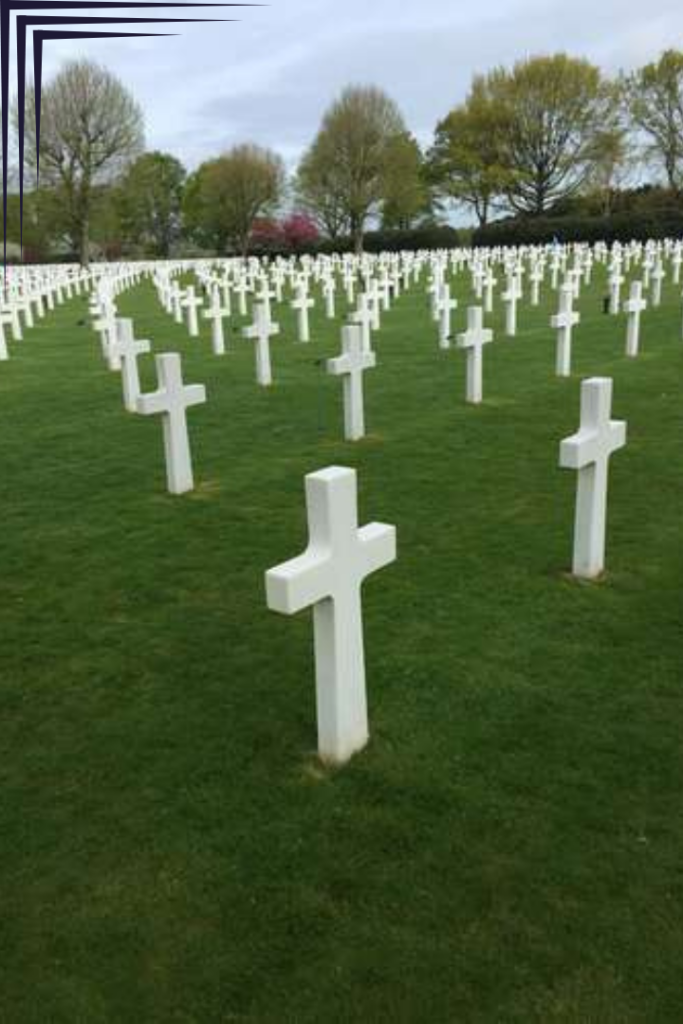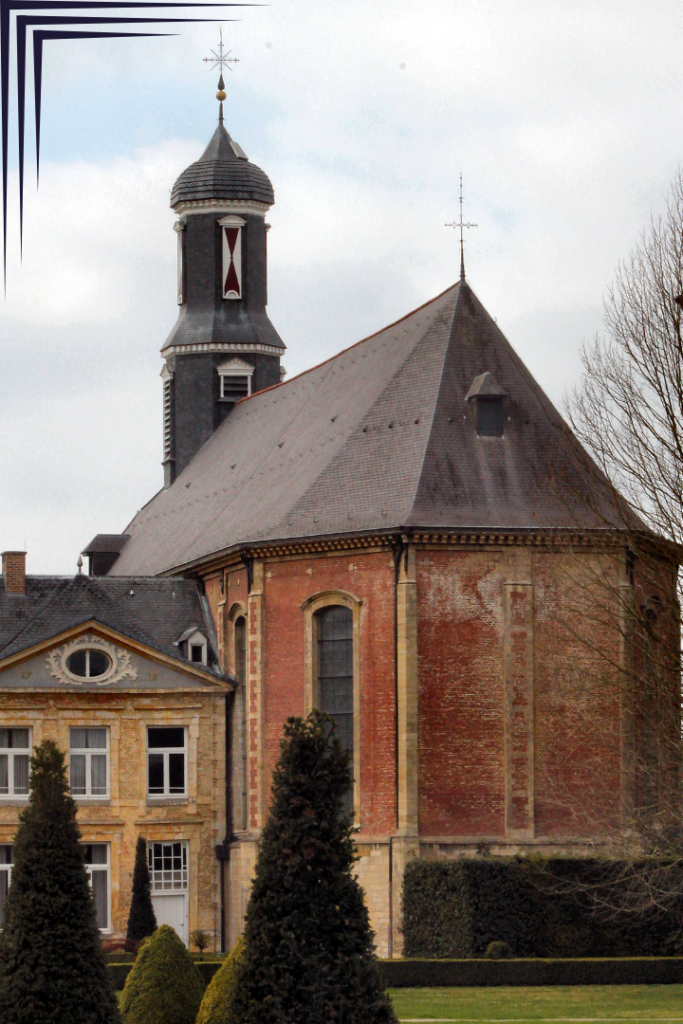Netherlands is known for its iconic windmills, tulip fields, and bustling cities like Amsterdam and Rotterdam. However, beyond these well-trodden paths lie hidden gems that offer unique experiences; if you’re looking to explore the Netherlands in a way most travelers don’t, consider these off-the-beaten-path destinations.
The Tranquil Village of Giethoorn in Netherlands: A Unique Dutch Experience
Giethoorn in the Netherlands is often called the “Venice of the North,” a village unlike any other. Known for its picturesque canals and charming thatched-roof houses, Giethoorn offers a unique travel experience that will delight visitors. Here’s what you need to know to make the most of your visit to this car-free village.
Giethoorn Village: A Step Back in Time
The village center is the most visited part of Giethoorn. It features hand-dug canals and small islands connected by 176 bridges. Many houses here are farmhouses from the 18th and 19th centuries, adding to the village’s historical charm. The main walking and cycling path, Binnenpad, runs through this area. You’ll find touriyou’llps, restaurants, and typical Dutch houses with thatched roofs along this path.
A Dutch Village Without Roads
There are no roads in the center of Giethoorn and, consequently, no cars. Visitors and residents must park their vehicles in designated areas outside the village. This car-free zone is the commercial heart of Giethoorn, offering whisper boat rentals, guided cruises, and several museums. The Binnenpad pathway, which runs through this area, feels like stepping onto a film set. It’s a popular spot, attracting 90% of the village’s visitors.
Rent Your Boat
To truly experience Giethoorn, rent a boat and explore the canals at your own pace. Various boat rental options are available, from small electric boats to traditional punts. Renting a yacht allows you to navigate the waterways and enjoy the serene beauty of the village from a unique perspective.
Take a Canal Cruise
If you prefer a guided experience, consider taking a canal cruise. These tours provide a comprehensive overview of Giethoorn, with knowledgeable skippers sharing exciting facts and stories about the village. It’s a relaxing way to see the sights and learn about the area’s history.
Walking in Giethoorn
Walking through Giethoorn is a pleasant way to explore the village. The Binnenpad pathway is both a bike path and a footpath, so be mindful of cyclists. This path runs parallel to the village canal, offering excellent views of the historic houses. Each house has its private bridge, which residents use to access their homes. Remember, these bridges are private property, so avoid standing on them for photos.
Cycling in Giethoorn
Cycling is another excellent way to get around Giethoorn. The same Binnenpad pathway pedestrians use is also a cycle path, so be cautious and respectful of others. Cycling allows you to cover more ground and enjoy the scenic views along the village canal.
Stand-Up Paddleboarding (SUP) in Giethoorn
Try stand-up paddleboarding (SUP) on Giethoorn’s waters for a more adventurous activity. The village moat is 4 kilometers long, providing a scenic route for paddleboarding. Just be sure to duck under the bridges. Paddleboarding in Giethoorn is a unique way to see the village, and you might even get cheered on by other tourists as you glide by. SUP boards and paddles are available for rent in the town.
The Historic Town of Maastricht: A Cultural Treasure in the Netherlands
Nestled in the southern part of the Netherlands, Maastricht is a city teeming with history and cultural richness. This charming town offers a refreshing alternative to the more crowded tourist destinations, blending historical landmarks with a vibrant modern atmosphere. Here’s a closer look at what makes Maastricht a must-visit destination.
Exploring Maastricht Underground
One of the most fascinating attractions in Maastricht is the Maastricht Underground, a vast network of tunnels that played crucial roles during various wars. Originally limestone quarries, these tunnels provided shelter and storage during sieges and conflicts. Today, guided tours take visitors through these labyrinthine passages, offering insights into their historical significance and the ingenuity of those who sought refuge.
“Schuilen in Maastricht” (Shelter in Maastricht) is situated in one of the galleries of the Kazematten underground bunker complex. This museum is dedicated to the shelters established in Maastricht during World War II and the Cold War.
When air-raid sirens blared, thousands of civilians sought refuge in these shelters. During the Cold War, the shelters were designed to accommodate several hundred people. However, following the détente between East and West, these ‘nuclear shelter cellars’ were decommissioned around 1990.
The Basilica of Saint Servatius
The Basilica of Saint Servatius, located in the heart of Maastricht, is a stunning example of Romanesque architecture. Dedicated to Saint Servatius, the first bishop of Maastricht, this basilica dates back to the 6th century. Visitors can admire its intricate design, beautiful stained glass windows, and the impressive crypt where Saint Servatius is believed to be buried. The basilica also houses a treasury with a collection of religious artifacts and relics, deepening the city’s spiritual history.
Vrijthof Square: The Heart of Maastricht
The heart of Maastricht is home to the stunning Vrijthof Square, renowned as the setting for André Rieu’s summer concerts, Preuvenemint, and the Magical Maastricht event. Visitors can stroll around Vrijthof Square for most of the year and enjoy its breathtaking views. Surrounding the square are numerous historic buildings that reflect Maastricht’s past as a religious center and military stronghold, including the Basilica of St. Servatius, St. John’s Church, Spaans Gouvernement Museum, the Main Guardhouse, and the General’s House. The square is lined with fantastic terraces and beautiful hotels, and it is popular with visitors and residents throughout the year. This romantic and historic square is the largest in Maastricht.
The Jekerkwartier: A Hidden Gem
The Jekerkwartier district is a hidden gem for those exploring beyond the main attractions. Narrow streets, charming houses, and the gentle flow of the Jeker River characterize this picturesque neighborhood. It’s an excellent place for a leisurely walk, offering a tranquil escape from the busier parts of the city. The Jekerkwartier is also home to several small art galleries and boutiques, adding to its unique charm.
Discovering Valkenburg and Margraten: A Journey Through History and Natural Beauty
Valkenburg: Marlstone Village
Explore Valkenburg, known for its distinctive yellow marlstone architecture, which can be seen throughout the village, from its surface dwellings to its underground passages.
Valkenburg Castle Ruins
Visit the historic castle ruins, offering a glimpse into Valkenburg’s medieval past and panoramic views of the surrounding countryside.
Velvet Cave
Experience an exclusive guided tour of the Velvet Cave, adorned with 100 to 150-year-old charcoal mural paintings and unique marlstone sculptures.
American War Cemetery, Margraten
Pay homage at the American War Cemetery in Margraten, the second largest in Europe, honoring 8,301 soldiers who served and sacrificed during World War II.
Château St. Gerlach
Explore Château St. Gerlach, once home to the hermit Gerlach of Houthem, with a walk through its sculpture garden and a visit to the Gerlach Church.
Exploring off the beaten path in the Netherlands offers unique experiences, from the tranquil canals and historic charm of Giethoorn to Maastricht’s rich history and vibrant culture. Giethoorn’s car-free village, picturesque waterways, Maastricht’s fascinating underground tunnels, stunning basilica, and lively Jekerkwartier district provide unforgettable adventures. Discover these hidden gems and more with Inspired Travel Designs to help curate your perfect Netherlands getaway.
Produced by Inspired Travel Designs with Virtuoso Travel, Giethoornvillage.com, Giethoorn.com and Visit Maastricht





